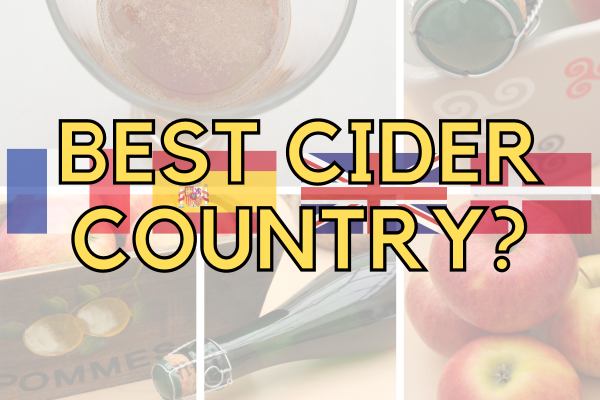If you’re a cider lover, then you’ll know that there are many different types, styles, and flavors of cider available worldwide. But when it comes down to the best cider, which country comes out on top?
With so many different producing regions and unique regional characteristics, it can be difficult to decide. From the light and sweet French cider, to the heavy and sweet English cider, to the tart and vinegary Spanish sidra, each country has its own distinctive taste and style of cider.
In this article, we’ll take a closer look at the top cider-producing countries and explore what makes their cider stand out.
So grab a glass and let’s find out which country makes the best cider!
I. Introduction
Cider production is popular in temperate regions
Cider production is a popular activity in temperate regions around the world. It is interesting to note, however, that Western European immigrants introduced the beverage to other parts of the world, including Australia, Central and South America, Canada, and the United States.
Popular cider-producing countries include France, Spain, Britain, Denmark, Canada, and the United States, among others. Each of these regions has its unique cider culture and flavor profile, making it difficult to identify the “best” cider.
In France, cider production is concentrated in Northern France, Brittany, and Normandy. They bottle sparkling cider in champagne-style bottles and strictly adhere to French regulations, which require either a combination of pear and apple or fresh apples for cider-making.
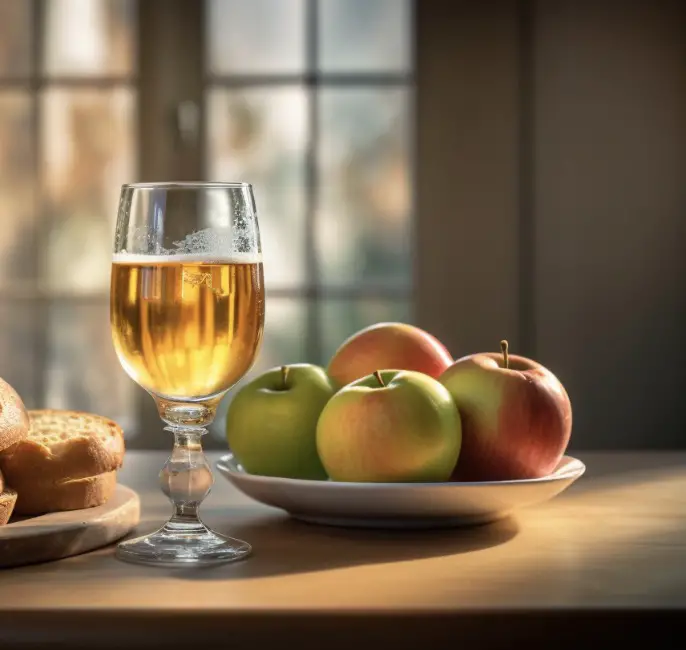
Spain, particularly the Basque and Asturias regions, use complex flavors that combine green apples, honey, plum, and vanilla, creating a distinctively dry, tart, and vinegar-like drink.
Britain produces hard cider that is cloudier, darker, and has a higher alcohol content (referred to as scrumpy), while the United States is known for a larger variety of cider styles and flavors. Ultimately, the best cider will depend on personal taste preferences. [1][2]
Western European immigrants introduced cider to the world
Cider has been around for centuries and has been enjoyed by people around the world. Western European immigrants can be credited for introducing cider to the world. These immigrants came from regions such as Normandy, Brittany, Ireland, Britain, Basque territory in Spain, and Wiesbaden.
The Norman Conquest of England in 1066 resulted in the introduction of many apple varieties from France, making cider the most popular drink after ale. In colonial America, cider was the most common beverage, and even children drank it in a diluted form.
The rise of the Temperance movement and increased consumption of beer led to the decline of cider’s popularity in the late 1800s and early 1900s. However, in recent years, there has been a resurgent interest in cider making, with the USA being home to one of the flourishing productions in Vermont, Oregon, and New England. [3][4]
Cider is exceptionally popular in certain countries
Cider production is a popular practice in various parts of the world, with its own unique taste, culture, and flavor profile. Certain countries have taken to cider making more than others, with a rich tradition of crafting high-quality ciders.
France is currently the world’s largest cider producing country, using French regulations to insist on a blend of either pear and apple or fresh apples for cider making. Spain, on the other hand, produces complex flavors of cider with a combination of green apples, honey, plum, and vanilla.
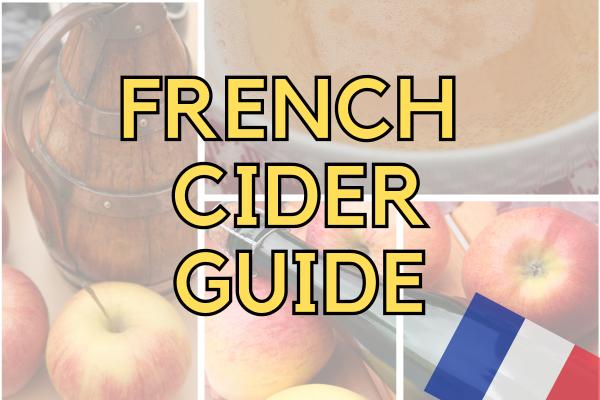
Asturias in northern Spain is a hub for cider-drinking, where it is considered an act of national pride. Britain, the world’s third prominent cider producer, takes pride in its traditional scrumpy cider, which has a higher concentration of alcohol, is cloudier, and darker in color.
Americans have taken European brewing traditions and created their version of craft brewing, resulting in sparkling, chilled ciders, which are increasingly becoming common in high-end restaurants as a low-alcohol substitute for wine. Ultimately, the best cider depends on personal taste preference. [5][6]
II. Top Cider Producing Countries
France is the largest cider producing country
France known for its world-class wines and spirits, but did you know that it is also the largest cider producing country in the world? With a long history of producing some of the finest ciders, France’s cider-making tradition goes back to the 1st century BC.
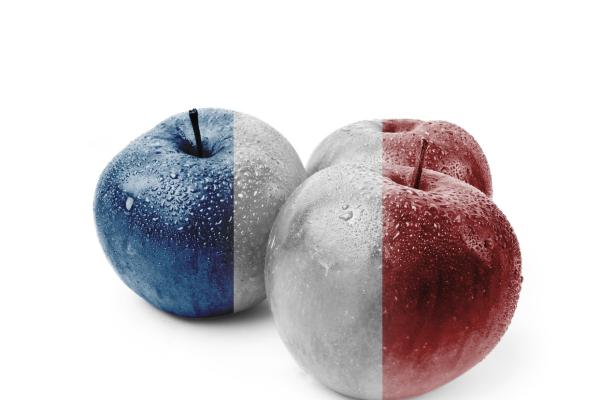
Today, France produces a sparkling light cider which is bottled in champagne-style bottles and is made using a combination of pear and apple or fresh apples. The main cider producing regions in France are Northern France, Brittany and Normandy, with about 11,000 small farms in Normandy growing cider apples and producing cider for a local clientele.
French regulations insist on the use of quality ingredients, resulting in a cider that is unmatched in quality and taste. The Pays d’Auge region in Normandy boasts of a famous cider route, La Route du Cidre, where you can ride a bike or drive from farm to farm and taste more than 20 different producers’ ciders and Calvados.
France’s cider-making tradition is an important part of its culture, and it’s worth trying their champagne-like festive ciders when you get the chance. [7][8]
Spain and Britain are also prominent cider producers
Spain Britain are two of the most prominent cider-producing countries in the world. The Spanish cider, known as sidra, has a distinctive flavor profile that is dryer and tarter than other ciders. These ciders are produced in Asturias and Basque regions, which follow specific regulations to ensure cider quality.

Only authorized apple varieties are allowed in the cider production process, and the cider must be fermented with wild yeast in chestnut kegs.
On the other hand, British cider has a long unbroken history of cider apple orchards, and the Sheer number of varieties grown. The West Country and Kent are two of the most famous regions where cider is made.
The acidic soils of Somerset, Worcestershire, and Herefordshire are perfect for growing cider apple trees, while Kent’s ciders are less tannic and more juicy and fruity than their West Country counterparts. With so many different cider regions, it’s easy to see why cider is such a popular drink worldwide. [9][10]
USA has a larger variety of cider styles
When it comes to cider, the USA has a lot to offer. With a diverse range of climates and apple varieties, American cider makers have the opportunity to experiment and create unique flavor profiles.
Here are some facts to back up the claim that the USA has a larger variety of cider styles:
– The number of cideries in the US has grown significantly in recent years, from around 50 in 2000 to over 1,000 today. This means more competition and innovation in the cider market.
– American cider makers have access to a wide range of apple varieties, from heirloom varieties to modern hybrids. This allows for experimentation and creativity in cider making.
– The US also has a growing market for flavored ciders, such as spiced ciders and fruit-infused ciders. This trend reflects the American love for bold and unique flavors.
– In addition to traditional cider styles, American cider makers are also producing beer-cider hybrids and cider-wine blends, further expanding the diversity of the cider market.
Overall, the USA’s cider industry is a vibrant and constantly evolving landscape, offering a wide variety of styles to suit any palate. [15][16]
Tasting recommendations for American ciders
When it comes to American ciders, there is a wide variety of styles to choose from. From dry to sweet, still to sparkling, there is something for every taste preference. Here are some tasting recommendations for American ciders:
- 1. Sweet ciders: For those with a sweet tooth, try ciders made from dessert apples like Honeycrisp or Gala. These ciders are often higher in residual sugar and pair well with rich, savory dishes.
- 2. Dry ciders: If you prefer a drier cider, look for those made from tart, acidic apples like Granny Smith or Northern Spy. These ciders are often more nuanced in flavor and pair well with light, fresh dishes like salads or seafood.
- 3. Barrel-aged ciders: For a unique flavor experience, try ciders that have been aged in oak barrels. This process imparts flavors of vanilla, caramel, and spice, and pairs well with hearty, savory dishes like roasted meats or stews.
- 4. Spiced ciders: Perfect for fall and winter, spiced ciders are often flavored with cinnamon, nutmeg, and clove. These ciders pair well with warm, comforting dishes like baked goods and roasted vegetables. [17][18]
Denmark and Nordic Apple Ciders
Denmark is one of the lesser-known cider producing countries, but it is steadily gaining recognition for its Nordic apple ciders. These ciders are unique in that they often use dessert apples, resulting in a sweeter and fruitier taste compared to the more traditional cider apple varieties.
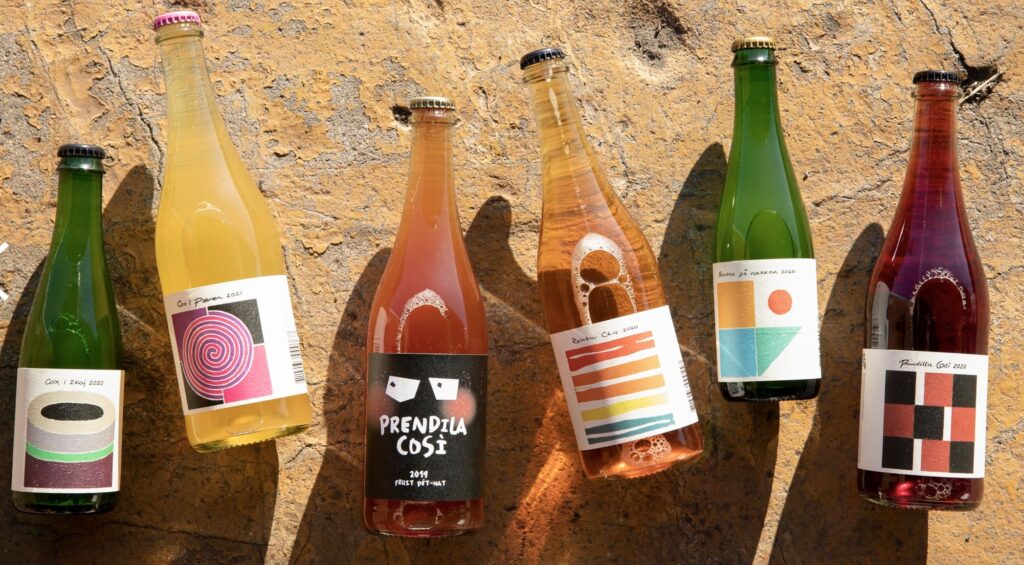
The Nordic climate actually favors these types of apples, which have thrived in the region for centuries. Nordic apple ciders are also often carbonated and served cold, making them refreshing and easy to drink.
Denmark has seen a surge in artisanal cider producers in recent years, with small-scale producers experimenting with unique blends and flavors. These Nordic apple ciders are worth trying for cider lovers looking for something different and refreshing.
Some popular Danish cider brands to look out for include Æblerov, Decideret Cider and Fejø Cider. [11][12]
Canada and the Ice Cider Tradition
Canada is known for its production of ice cider, a unique and high-quality drink that has gained popularity around the world. The cold climate and abundance of apple orchards in Quebec make it the perfect place for the production of ice cider.

The drink is made from naturally sweet apples that are left to freeze on the tree during the winter months. After pressing the frozen apples, the juice is fermented at a low temperature for several months, resulting in a refreshing drink with a slight acidity and complex layers of flavor.

Ice cider is subject to strict regulations and must be naturally cold fermented, without any added sugars, alcohols, flavors, or colorings.
With over 50 producers in Quebec alone, ice cider has become a cultural and culinary tradition in Canada, celebrated for its unique flavor profile and production process. [13][14]
III. Geography and Flavor Profile
Regional footprint is important for a unique flavor profile
Cider production is like wine in that it depends on the terroir temperature and apples to create a unique regional profile.
This is why regional footprint is so important for creating a unique flavor profile of cider. Knowing the country of origin and even the sub-region will help you choose the cider that suits your taste preference. Here are some examples of regional footprints in the cider industry:
- French cider reflects their culture and has strict regulations on its production, resulting in a predictable flavor profile. Cider makers must use specific apples designated for cider production and can only use up to 50% of the total volume of juice to come from apple concentrate. French ciders offer lower alcohol levels with naturally sweet and naturally carbonated attributes.
- Spanish cider is distinctly dry, tart, and vinegar-like. Ciders from this country are distinctly dry, tart, slightly vinegary, and have a greenish-yellow cloudy appearance because they are unfiltered. It also has aromas and a flavor profile that makes you think of Spain: a combination of earthiness, spice, and citrus.
- Each country has its own unique cider culture and flavor profile. The best cider depends on personal taste preference, so try a few from different regions to find your favorite. [19][20]
French cider reflects the culture and has strict regulations
French is heavily influenced by the country’s culture. It has strict regulations on its production that result in a predictable flavor profile. One of the significant factors in French cider production is the use of specific apples designated for cider production. French cider makers must use up to 50% of the total volume of juice to be from apple concentrate.
The strict regulations give the consumer confidence when they purchase cider. The label that includes Appellation D’Origine Contrôlée (AOC) or Appellation D’Origine Protégée (AOP) assures the customers of the cider’s quality and adherence to strict production guidelines.
French cider is always light, a little sweet and a little fancy, using the tradition of keeving to remove nutrients from the juice and slow the fermentation process. This process creates a much sweeter fruitier drink with lower alcohol content, making Cidre Bouché a brut-style cider at or around the 2% alcohol by volume. [21][22]
Spanish cider is distinctly dry, tart, still and vinegar-like
Spanish is notably unique, with a distinct flavor profile. It is dry, tart, and vinegar-like, setting it apart from traditional sweet ciders. The Asturian and Basque regions of Spain have been producing cider for centuries, using high-acid apples that are naturally fermented with wild yeasts found on the apple skins.
The cider is bottled unfined and unfiltered, resulting in a cloudiness and nearly still texture.
Traditional Spanish cider is also often “still” meaning without carbonation as no or little bottle fermentation is performed.

Therefore, Spanish cider is poured from a height of several feet above the glass, splashing up onto the sides of the cup, resulting in a foamy, somewhat fizzy, white head. It is then consumed in one gulp.
The traditional Spanish cider-making methods have remained largely unchanged for decades, with some modern equipment advancements.
Despite its distinct taste, Spanish cider is gaining popularity in America as the craft hard-cider market grows and sour beer becomes more fashionable. [23][24]
Asturian and Basque regions have their own traditional-style ciders
Asturian and Basque regions are famous for their own traditional-style ciders. Asturian sidra is “thrown” while Basque cider is “caught” as it sprays out of the barrel.
The cider is fermented using natural yeasts and it’s not bottled but consumed immediately after the “catching” process. Basque cider is known for its bold, tart flavor that can be an acquired taste.
Asturian sidra is dry, light, and sparkling with a hint of tartness. Both cider cultures have their own unique rituals as well.
While Basque cider drinking is a communal experience with guests sharing food and cider from the same barrel, Asturian cider is poured in a special way called escanciado from a height to aerate the liquid and release its full flavor.
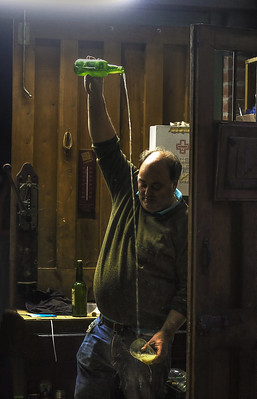
So, while both regions are famous for producing excellent ciders, their unique traditions and flavor profiles make them stand out. [25][26]
IV. Conclusion
Each country has its own unique cider culture and flavor profile
Each has its own unique cider culture and flavor profile that reflects its history and traditions. French cidre has a light and sweet taste with strict regulations on production, resulting in a predictable flavor profile.
Spanish sidra, on the other hand, is acidic, tart, and has a strong vinegar-like taste. Asturias and the Basque region are the main producing areas in Spain, and their traditional-style ciders called Sidra Natural and Sagardoa are fermented through a slow process with wild yeast in chestnut kegs.
Denmark and Nordic Apple Ciders offer a fruity, sweet and sour taste. Canada has the Ice Cider tradition, which is produced by freezing the apples before pressing them. The USA has a larger variety of cider styles, and regional differences can create unique flavor profiles. As each country has its own cider cultures, the best cider ultimately depends on personal taste preference. [27][28]
Best cider depends on personal taste preference
When it comes to deciding which country makes the best cider, the answer may vary depending on personal taste preferences. Some people may prefer the naturally sweet and carbonated French ciders, while others may enjoy the vinegary and tart Spanish sidra.
For those looking for a wider range of styles, the United States offers a variety of cider styles with tasting recommendations to fit any palate. Regional footprint plays an important role in creating a unique flavor profile, and each country has its own unique cider culture and regulations.
It’s important to keep in mind that the best cider depends on personal taste preference, and trying out different styles from different countries can be a fun and enlightening experience. So, whether you prefer a dry and crisp cider or a sweeter variety, there is a perfect cider out there waiting to be discovered. [29][30]

